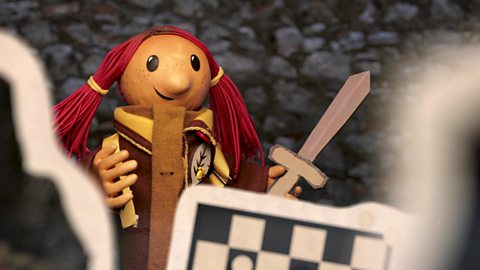The 'Big Book of Things to Know by 8Âľ' and Wanda have a cute overload with otters

Otters
Otters are cute little creatures that live by the riverside.
The otter is the largest member of the weasel family. They are an amazing example of how animals adapt to their natural environment.
Otters are perfectly suited to swimming. They have a streamlined body, short legs and webbed feet. They also have dense fur that keeps them warm, a tapered tail, small ears, and nostrils that can close underwater.
River otters can hold their breath for up to eight minutes.
Otters that live by rivers eat a variety of animals, including fish, crustaceans, amphibians, snakes, water insects, snails, worms, small mammals and birds.
Otters always wash themselves after every meal.

Otters just want to have fun
River otters really know how to play!
They slide and wrestle, belly flop and somersault just for fun. They love slippery slides, whether it's a muddy hill or an icy slope. They glide on their bellies with their front paws by their sides.
River otters are aquatic mammals and take particular delight in splashing around in the water.
Maybe that’s why children love looking at them so much - otters remind children of themselves!
River otters spend as much as a third of their time in the water, where they can dive to a depth of 60 feet.
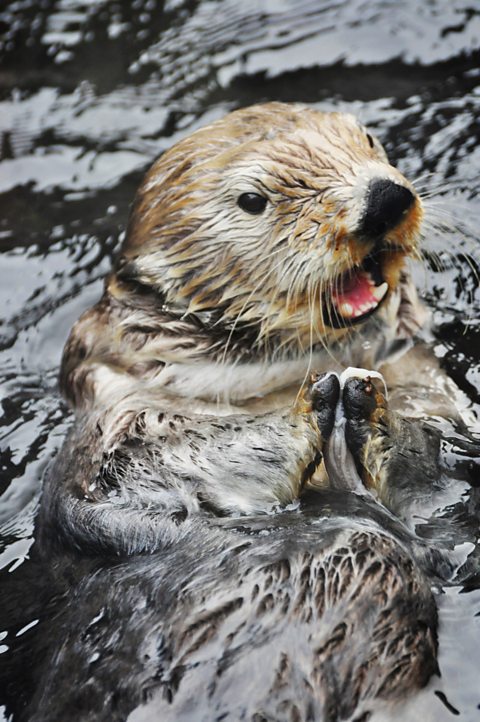
Books about otters
Two very famous books have been written about otters.
One is a novel called Tarka the Otter by Henry Williamson. This describes the life of an otter living on a river in England. It was written in 1927, but is as popular now as ever. There is even a statue of Tarka in a town called Bideford!
The other famous otter book is called Ring of Bright Water. This is set in Scotland and tells the story of a man who befriends a wild otter.
Both these books tell you all about the natural environments and lifestyles of these wonderful creatures.

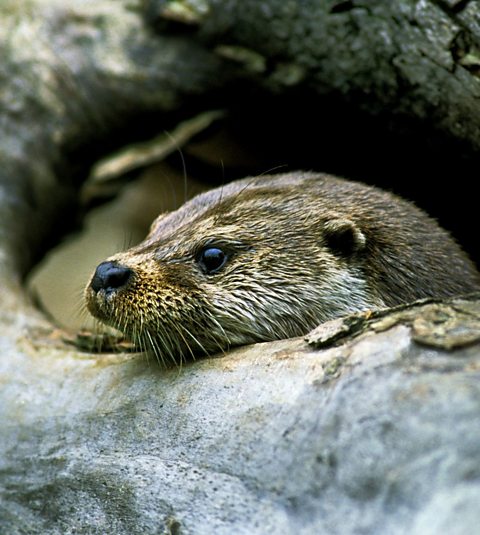
Protecting otters
We really need to look after otters.
If they start to disappear, it’s a sign that we are polluting and destroying their natural habitats.
We need more passionate people to help otters and other animals. The more publicity there is about helping otters, the better for everyone because we all share the same environments and resources.
In Northern Ireland we are doing a good job protecting otters, but we need to do more! The practice of hunting otters is now banned. But the destruction of their habitats, human disturbance and poor water quality continue to harm the local otter population.
There is one simple way to help otters - we must not disrupt their habitat. Otters use lakes, rivers, streams, estuaries, marshland, canals and the coast.
They use everything and anything to build dens for their families. Dens - also known as holts - can be underground along a riverbank or among tree roots. Sometimes, they use old rabbit or fox dens rather than create their own burrows.
Otters are incredibly resourceful and can use anything found along rivers and lakes.

More on Houses and homes
Find out more by working through a topic
- count3 of 12
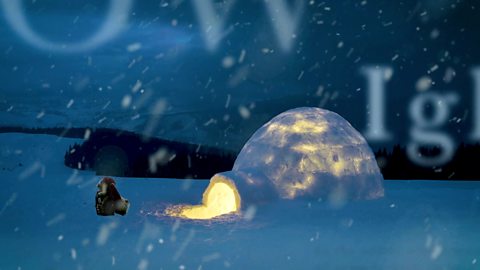
- count4 of 12
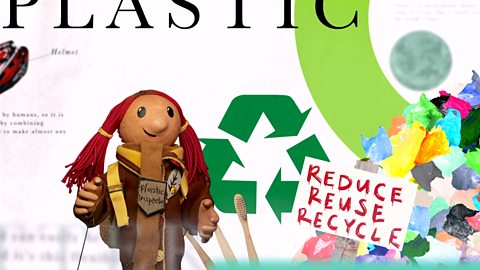
- count5 of 12
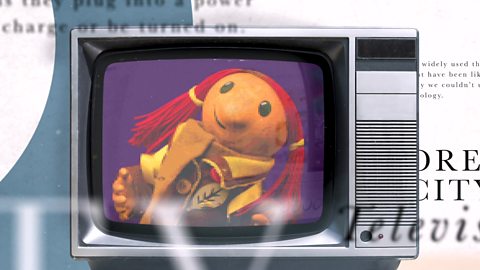
- count6 of 12
